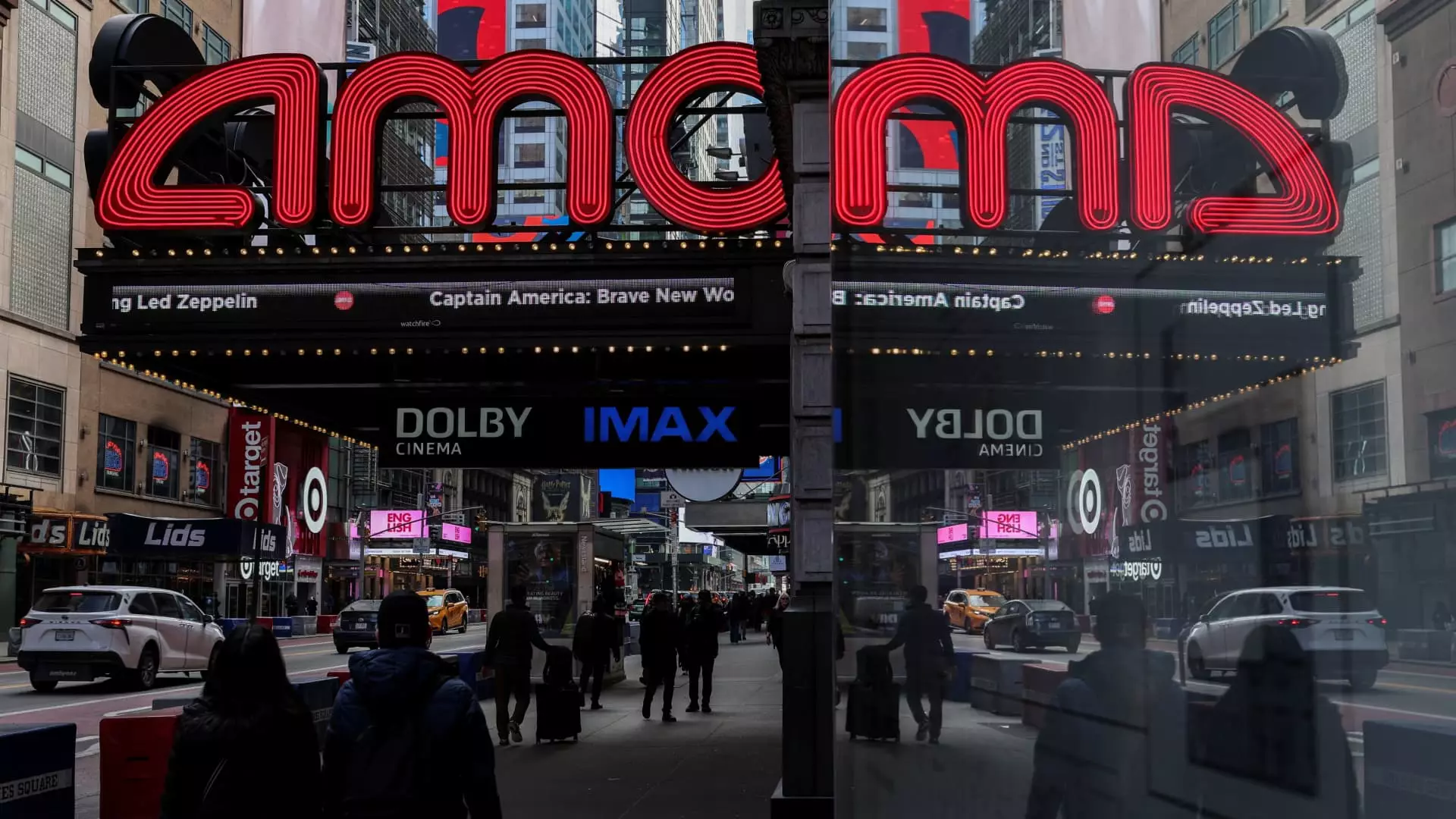Hollywood is in the midst of an exciting renaissance, significantly elevating the cinematic experience for audiences. With that, AMC Entertainment—a titan in the cinema industry—has responded to the demand by aggressively expanding its infrastructure for premium film-viewing. This strategic move introduces 40 additional Dolby Cinema theaters across the United States by the end of 2027, bringing the total to over 200 specialty screens. While this expansion might strike enthusiasm among cinephiles and filmmakers alike, it unveils a troubling trend: the polarization of the cinematic experience based on economic barriers.
The very idea of “premium moviegoing” has stamped its authority on modern box office revenues, as expressed by Kevin Yeaman, CEO of Dolby Laboratories. However, this privileged experience often comes at an elevated price point that could alienate segments of the audience who are less fortunate. As the jump to Dolby Cinema translates to plush seating and stunning audiovisual effects, the reality remains that the fundamental joy of indulging in cinematic artistry has transformed into an elite privilege rather than a universal experience.
Luxury vs. Accessibility: A Cultural Dissection
AMC’s recent partnerships with CJ 4DPLEX to integrate additional Screen X auditoriums and 4DX theaters locates the average audience member in a conundrum: should we celebrate the innovation or lament the exclusivity? The rapid rise in demand for premium large format (PLF) screens is undeniably indicative of consumers seeking to consume media in increasingly spectacular ways. Films such as “Oppenheimer” and “Avatar: The Way of Water” have reaped tremendous box office rewards through these specialized formats.
Yet, lurking beneath the surface of this transformation lies a troubling truth. As PLFs burgeon—now accounting for a noteworthy 9.1% of the total domestic box office—ticket prices soar; average premium tickets cost just under $17, reflecting an 8% hike since 2021. Access to the full range of filmic offerings becomes contingent upon one’s willingness and ability to pay. It raises pivotal questions about the future of cinema: Are we forging a class divide in the way we consume art? Will the allure of breathtaking visuals and transformative acoustics become a luxury reserved only for those with disposable income?
Blockbusters and the Devaluation of Artistic Value
Hollywood’s inclination towards blockbuster franchise films—dominating the impending 2025 and 2026 lineup with titles from the Marvel, Star Wars, and Jurassic Park universes—exemplifies a growing trend: the commodification of cinema. Here lies a pivotal concern: will artistic storytelling take a backseat to mind-bending visuals and grandiose spectacles in this race to secure ever-lingering ticket sales? Filmmaking, often lauded as an art form, risks being submerged under economic pressures prioritizing short-term financial gain over sustainable storytelling.
The audience’s craving for vast and thrilling cinematic experiences only amplifies the phenomenon. Yes, the impressive box office figures speak volumes about the success of various franchises, but they mask an unsettling reality: a homogenization of stories that cater to the majority instead of venture into creative vulnerabilities. True innovations in storytelling, character development, and thematic depth must coexist alongside these commercial giants to ensure the soul of cinema remains intact.
Embracing a Balanced Future for Cinema
As the landscape of cinema morphs into a battleground for luxury experiences, it’s crucial not to lose sight of the vital narratives that depict our shared human experiences. Increased access to premium formats undeniably draws in viewers, yet it is equally imperative that cinema remains accessible to a diverse and varied audience.
It serves as a reminder for studios and filmmakers alike to find equilibrium, ensuring artful cinema is no longer on the fringes, but very much a part of our collective viewing culture. The evolution of cinema should not merely be marked by technological advancements and revenue spikes; rather, it ought to include a deliberate emphasis on enhancing the artistic and cultural integrity of filmmaking, ensuring cinema continues to inspire and connect us all—regardless of income brackets.



Leave a Reply